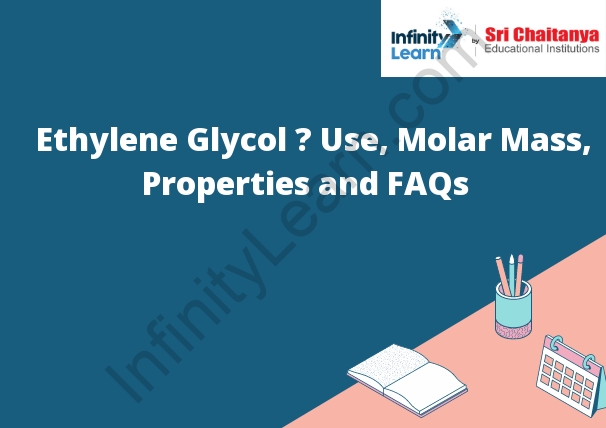Table of Contents
Let’s have a closer look at Ethylene Glycol?
Ethylene Glycol – Molar mass: Ethylene glycol is a colorless, odorless, and slightly sweet-tasting liquid that is used primarily as a coolant in vehicles and also in other machinery. It is also used as a solvent in some paints and inks.

Characteristics of Ethylene Glycol
Ethylene Glycol is a colorless, odorless, and sweet-tasting liquid that is slightly viscous. It is a polar molecule and is soluble in water. Ethylene glycol is a good solvent for both polar and nonpolar molecules. It is used as a coolant in cars and other engines and is also found in antifreeze.
Properties
- Ethylene glycol is a colorless, odorless, and slightly sweet liquid.
- It is used in antifreeze and in the production of polyester fibers.
- Ethylene glycol is a polar molecule and is soluble in water.
- It is a good solvent for many substances.
Methods of Spreading:
There are many different ways that a virus can spread. It can spread through the air, through contact with an infected person, or through contact with an infected animal.
Routes of Exposure
The routes of exposure to a substance can vary depending on the chemical. Inhalation, ingestion, and absorption are the most common routes of exposure. Inhalation occurs when a substance is breathed in. Ingestion occurs when a substance is swallowed. Absorption occurs when a substance is absorbed through the skin or mucous membranes.
Structure of Ethylene Glycol
The molecular structure of ethylene glycol is shown in the image below.
Ethylene glycol is an organic compound that consists of a carbon backbone chain with two oxygen atoms bonded to it.
What are the Uses of Ethylene Glycol?
Some of the uses of ethylene glycol include:
-As a solvent in many products, including antifreeze, brake fluid, and paint
-In the production of polyester fibers and resins
-In the production of polyethylene terephthalate, a synthetic fiber used in clothing and other products
-As a coolant in automotive radiators and air conditioners
Effects of glycol ethers on aquatic organisms
The toxicity of glycol ethers to aquatic organisms varies depending on the specific glycol ether. Some glycol ethers, such as ethylene glycol and propylene glycol, are highly toxic to aquatic organisms, while others, such as methyl glycol, are relatively nontoxic.
What is the Molar Mass of Ethylene Glycol?
The molar mass of ethylene glycol is 62.06 g/mol.
How to Produce Ethylene Glycol?
The most common way to produce ethylene glycol is through the hydration of ethylene oxide. Ethylene oxide is combined with water to create ethylene glycol and steam.
How can Ethylene Glycol Reach the Environment?
There are a few ways that ethylene glycol can reach the environment. One way is through accidental spills. If ethylene glycol is spilled, it can leak into the ground and contaminate groundwater. Another way that ethylene glycol can reach the environment is through leaching. If ethylene glycol is stored in containers that are not properly sealed, it can slowly leak out and contaminate the soil and water. Finally, ethylene glycol can also be released into the air through emissions from factories that produce it.









